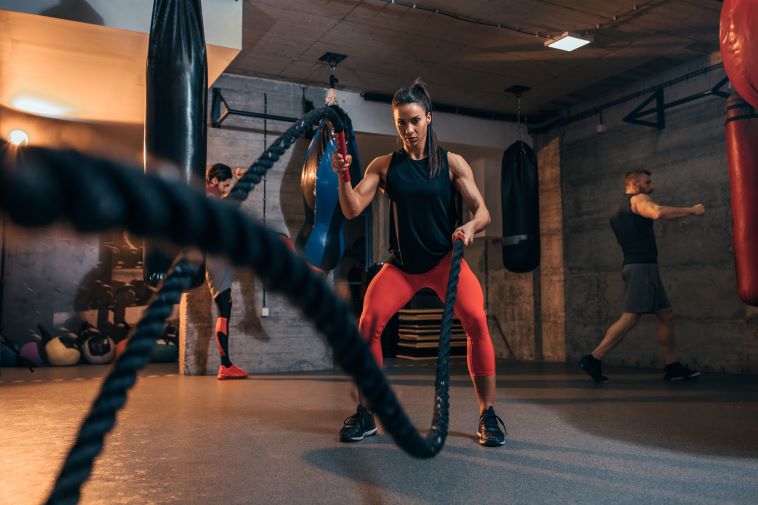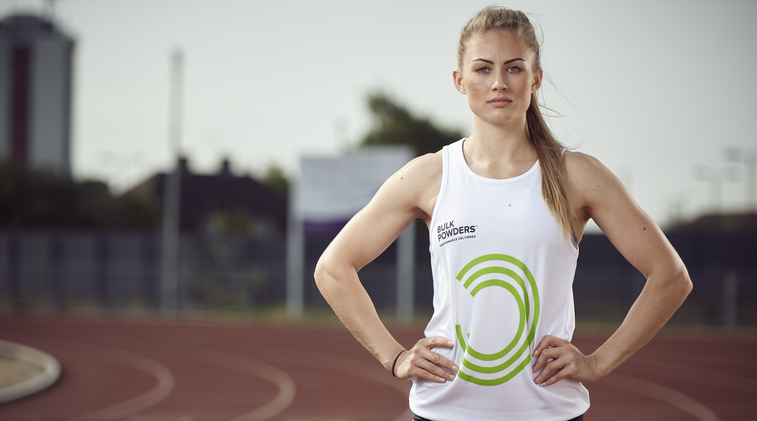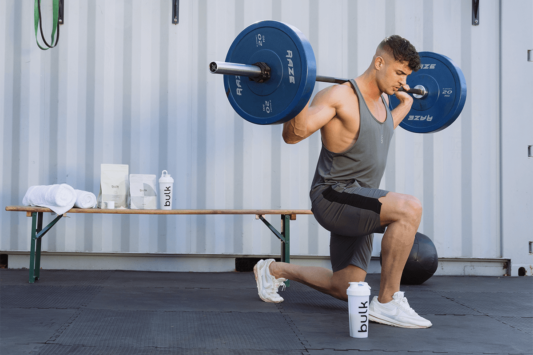Off-Season vs. Competition Season – Training differences: Track
If you’re involved in a sport that has an offseason and a competition season, understanding the difference in training between off-season and on-season is hugely important. If you are doing the same thing all year round you’re not doing yourself justice and your performance won’t be benefiting as much as it should from all the effort you’re (hopefully) putting in.
When should you be running flat out? How many sets should you do in the weights room in October? How many times a week should you train? How many 200m reps in November? All important questions that you need to know the answer to in order to get the most out of your training.
I think of training and development as a pyramid. Your off-season/winter phase is the base of that pyramid. You need to build yourself as big a base as possible to give yourself the best chance of reaching the highest point in summer. For that reason, this is essentially where all the long, high volume, ‘why am I even doing this’ type of work is done.
I’m going to split this topic over 3 posts:
- Track
- Weights
- Supplements and nutrition
Vol.1: TRACK
Winter – Reps reps reps
In winter, the distance covered in any given track session is much higher than in the summer months. I won’t take all the credit for the work that goes on in the background looking at volumetrics and target times – my coach does all of this. However, as an example, a typical Tuesday evening session in the early off-season (Sept/Oct) we would do 10x150m. Well, we would do 9 and then say to coach ‘how many have we done?’ hoping that he forgets the last run. He never does.
Track sessions like this are slower but the number of runs means that it hits your lungs before your legs. Don’t get me wrong though, at the end of 10 long hill runs and 5 (dreaded) short hill sprints, your legs do feel it! This sort of session will be of short recovery, 1-2 minutes (but in actuality, it feels like about 12 seconds), and won’t be above 80% effort.

Our ‘target times’ are all worked out using our personal best over 100m to determine what time we should run at any given level of effort. Whilst these are not meant to be at 100%, you do however need to find the balance, you won’t get much benefit from jogging around at 50% effort. Similarly, if you’re doing 20 runs a session instead of 10 but your speed after 15 reps is paying the price for it, you need to rethink the session.
We would never do a session like 10x150m at this point in the summer (thank goodness). Why not? Basically, because it is too slow. In the competition phase, everything needs to be quality, and you can’t complete that kind of sessions (unless you are superhuman) if all the runs are at max. effort.
It is worth noting however that throughout winter we still keep some fast work in the sessions. We’re still sprinters after all and we still want to be nice to our fast-twitch fibres. After our long (draining) Sunday sessions e.g. 6x250m, we always complete 4x50m flat out sprints (yeah, you guessed it, we really hate coach by this point).
Summer – Fast runs, long recovery
Every time we step foot on the track from May to August, the work is fast, bouncy and with long recovery to ensure we’re performing as close to 100% every time. Strangely, even though ‘long recovery’ sounds easy, there are still tough sessions because the long recovery allows you to perform at max effort on every run, something that you don’t do in winter. It should be more aptly named ‘full recovery’.
Example session: 5x 80m. Whilst this doesn’t sound too bad – you wouldn’t do 5 races back to back off 8-10 mins recovery, so this is harder than you think! Hopefully, the background endurance work you fought through in winter will ensure there is as little fall-off between run 1 and 5 as possible. You really don’t want your runs to start getting drastically slower at this time of year, so push out the recovery a little if you need it. Failing that, either do fewer reps for now and put more work in through next winter.
The ‘nice to have’ sessions
I work full time as a trainee solicitor, so I’m pretty busy when you add 6 days a week training onto that. This means that fitting in extra training sessions, time for prehab and the ‘nice to have’ isn’t the easiest thing. If I am going to do that, winter is the time to do it. Generally, as the sessions are shorter recovery, they take less time and therefore it’s easier to squash a bike session in before work on the odd Friday morning, or even in addition to a gym session.
As noted above, the intensity is lower in the off-season as the volume is high and it is about getting in the work.
Extra note
It’s cold in winter. I hear you, it’s cold pretty much all year round in England, but on those outdoor track sessions in December I’m fairly certain I have been within seconds of losing limbs to frostbite. I’m exaggerating, but only slightly.
We are fortunate enough to have the indoor track at EIS – but when we are outdoors I stay wrapped up. It’s tough because the sessions are hard and after 2 runs you’re feeling hot and sweaty, but I’d never strip down to any less than long sleeve top and full-length Lycras because even with the same effort your runs will be slower due to your muscles being colder, and you’re just putting yourself at risk of injury.
Equally, in summer the recovery is longer, keep covered up in between runs because even if you feel warm, your muscles will be cooling down while they’re not being used. Get those joggers on!
About the Author
Rebecca Campsall started pursuing her athletic ambitions in October 2013. She has medalled at both the British Indoor Championships in 200m and England Championships outdoors over 100m. Rebecca’s ambition for 2017 is to achieve another national medal and to run the ‘A standard’ for the London 2017 World Championships.









